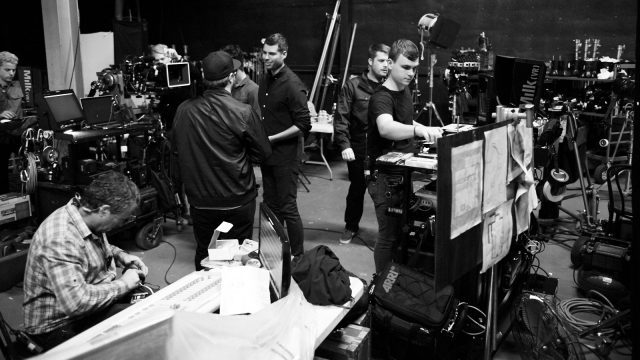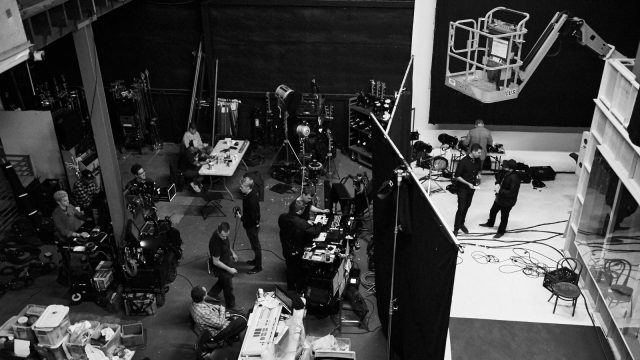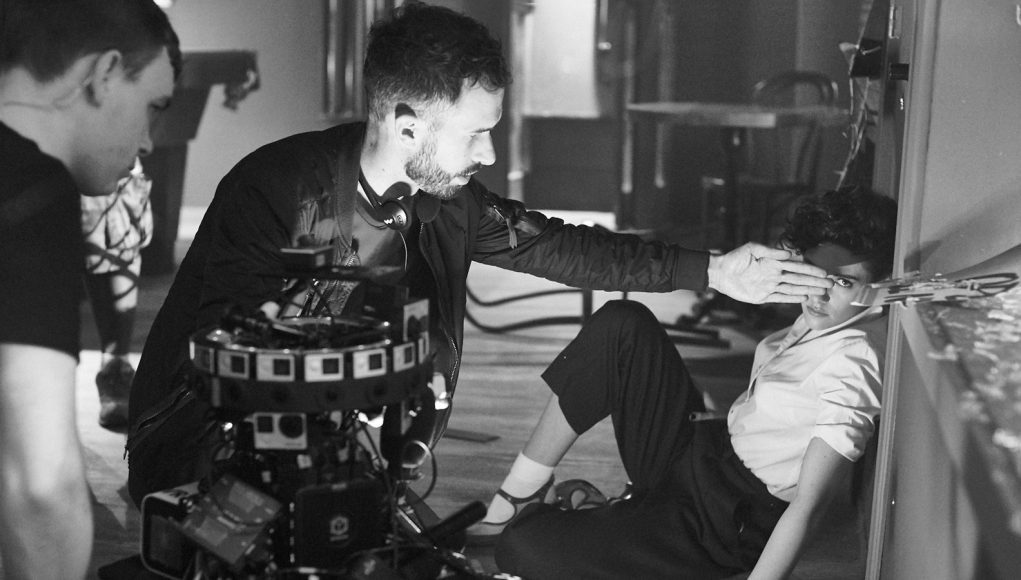The 360 film industry is still young and it’s maturing rapidly. With his name on more than 20 360 film projects to date, Armando Kirwin has had an inside view as to where things started, where they’re going, and why.
Guest Article by Armando Kirwin
Armando Kirwin has worked as a Director of Virtual Reality, Post Producer, Executive Producer, and Head of Post Production at companies like Here Be Dragons (formerly known as Vrse.works) and as a freelance filmmaker. He has helped create more than a dozen VR projects to date. These projects have earned one Emmy nomination, the Grand Prix at Cannes, and numerous debuts at Tribeca, SXSW, and Sundance.
In my last article I explained how 360 film production technology has gone from proprietary systems held by a few well-funded companies to now being accessible by basically anyone. Traditional production technology experienced a similar transformation, but whereas it took many decades for that to happen in Hollywood, it looks like it will only take 360 film another year or two for the major production technologies to be well democratized.
A Level(ed) Playing Field
Rather obviously, this has leveled the playing field and the number of companies and individuals making 360 film content has increased dramatically. Back when I started it felt like there were five production companies. A mere three years later it feels like there are five hundred — and because of improved technology they are all theoretically capable of creating equal quality work.
This has caused big changes.
The large integrated 360 film studios that were fundamental in early stages of the industry are now facing difficulties. In fact, the number of projects produced by these well-known studios is clearly going down. This is for many reasons.
An Exception, Only for a Short While
First, these early pioneers were not functioning in the same efficient way as is the norm in the production industry at large. Typical production companies maintain a very small overhead and then scale up with freelance labor only as needed per-project. This is how all production works, including the commercial, TV, and feature film industries. In none of those places will you find editors, cinematographers, technicians, etc. sitting inside a company day-to-day on payroll.

Yet, because the early days of cinematic VR were messy and proprietary, integrated studios with lots of people on salary made sense. The rapid advancement of technology has eliminated that need, and now integrated studios are facing a world of hurt because they have large overhead costs to cover.
And it’s a double whammy because the lower barrier to entry means integrated studios have hordes of competitors springing up who can now produce work of equal quality at drastically reduced startup costs. Unfortunately, all of the early money that was spent by integrated studios means little today aside from brand recognition.
New, But Not Immune to Industry Trends
Second, agencies and publishers — two major sources of clientele — have steadily been moving traditional production and creative services in-house for years. Because 360 film production technology became accessible so rapidly, these potential clients have inevitably taken 360 film production in house too. I’ve seen several of the industry’s biggest clients who were reliably awarding millions of dollars in contracts two years ago transition completely to in-house models of production.
Third, traditional production companies that were once hesitant to expend the capital necessary to enter the 360 film industry, or that were afraid of complex technology, suddenly have less to worry about and have entered the market in droves. All over the world you see job openings at pre-existing companies looking to hire one single person to oversee all of their 360 film activities. And these traditional companies have the advantage of stable revenue from their current business to keep the lights on. It’s now almost impossible to argue that starting a new VR company makes more sense than starting a 360 film division within an existing solvent company.
Supply & Demand of 360 Film Knowledge
Lastly, the number of 360 film freelancers is growing rapidly while simultaneously becoming less valuable. It seems like I see a new online class or workshop every single day. Yet the technical skills needed to make 360 film content are becoming rapidly commoditized by improved technology and the spread of knowledge. When we made Great Performers: L.A.Noir, a big-budget production with over 50 crew members, there were only two people on set with more than six months of prior 360 film experience. This is very different from the number of specialists required a few years ago.

Not only do you need fewer specialists, but traditional production crew members are now more easily able to add 360 film skills to their already-valuable toolbox. Meanwhile, crew members over-specialized in 360 production— especially those who enjoyed a temporary utility, but did not have a previous value in the marketplace — are becoming obsolete.
– – — – –
Similar to the lesson we learned about technology in part one of this series, what we did wrong as an industry was ignore the obvious fact that 360 film production would inevitably come to resemble all other forms of production.
I’ve heard various companies and individuals refer to this period of time as “the winter of VR” or the “bursting of the VR hype bubble,” but the truth is that, although it’s more difficult for any one person or company, it’s actually better for the industry overall to have as many content creators as possible.
The actual limiting factor is that the number of customers is not growing fast enough. In other words, what’s missing is an outlet for this burgeoning workforce.
I will discuss that in part three and also explore the difference between 360 film and VR games in greater detail.
Read More in This Series:
Disclosure: Armando has worked with Facebook on a contract basis to produce 360 film content. Facebook was also a client of Milk(vr). The New York Times was a client of Vrse.works where Armando worked on a variety of projects in various capacities including Post Producer, Producer, and Executive Producer and Head of Post Production. The New York Times was also a client of Milk(vr) where Armando was Director of VR. Armando had access to a pre-production Yi HALO camera for an unreleased project, but was not compensated by Google. Armando also had access to a prototype Zcam MFT camera, but was not compensated by Zcam.








